
We all learned in schools that the WWI began with the assasination of Franz Ferdinand done by a young Bosnian Gavrilo Princip. In fact, the war was brewing much longer.
You May Also Like

Belgian filmmaker Chantal Akerman lives in New York. Filmed images of the City accompany texts of Akerman’s loving mother back home in Brussels. The City comes more and more to the front while the words of the mother, read by Akerman herself, gradually fade away.
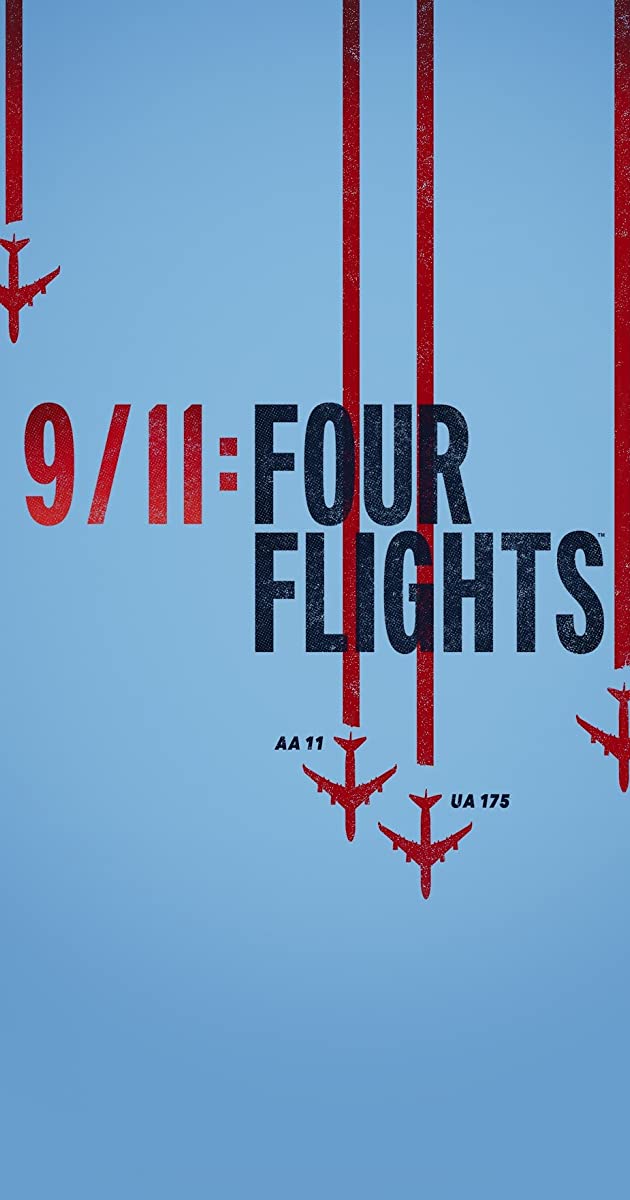
American 11, United 175, American 77, and United 93 tells the riveting and emotional human stories of those aboard each doomed jetliner.

Imagine a biology lab filled by a 40-foot specimen, ready for dissection. The creature has skin like a crocodile, eyes the size of softballs and intestines large enough to fit your arm. T. rex Autopsy will go inside a full-size T. rex for the first time ever to reveal how the 65-million-year-old beast may have lived. Using cutting-edge special effects techniques, and in collaboration with esteemed veterinary surgeons, anatomists and paleontologists, T. rex Autopsy will build the world’s first full-size anatomically precise Tyrannosaurus rex, based on the very latest research and findings. The massive monster will be lifelike inside and out, giving scientists the chance to touch it, smell it, scan it, x-ray it and cut it open from head to toe.
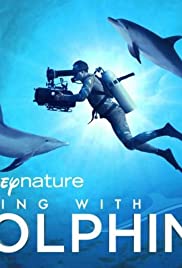
A chronicle of the making of Disneynature’s Dolphin Reef, the story of a young Pacific bottlenose dolphin named Echo. From wave surfing with dolphins in South Africa to dancing with humpback whales in Hawaii, filmmakers go to great lengths – and depths – to shed new light on the ocean’s mysteries.

A poetic meditation on nature, mortality, and the passage of time in her exploration of our symbiotic nexus with trees. Weaving together several stories of arboreal adoration, unfolds as a deeply human tale of our connection to the natural world and to one another.
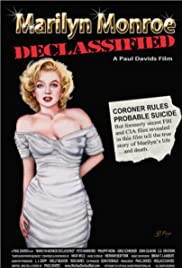
Declassified FBI and CIA documents help director Paul Davids unravel the puzzle of Marilyn Monroe’s demise, which was officially ruled a “probable suicide,” while providing detailed evidence supporting the conclusion that Marilyn was murdered.
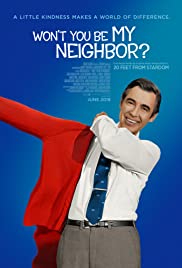
Fred Rogers used puppets and play to explore complex social issues: race, disability, equality and tragedy, helping form the American concept of childhood. He spoke directly to children and they responded enthusiastically. Yet today, his impact is unclear. Have we lived up to Fred’s ideal of good neighbors?
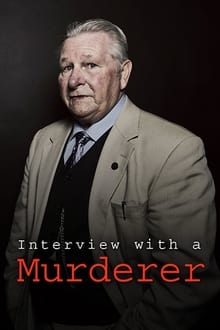
Criminologist Prof David Wilson conducts a series of interviews with convicted murderer Bert Spencer, the man suspected of – yet never charged with – killing paperboy Carl Bridgewater in 1978
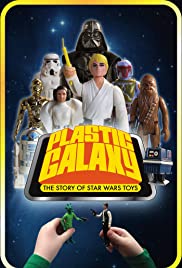
Plastic Galaxy explores the ground breaking and breathtaking world of ‘Star Wars’ toys. Through interviews with former Kenner employees, experts, authors, and collectors, the documentary looks at the toys’ history, influence, and the passions they elicit today.

In a corner of regional Victoria exists a place of astounding natural beauty, archaeological significance and age-old culture. But the Indigenous scarred trees and artefacts found here are at risk. With the blessing of the local Dja Dja Wurrung People, white horticulturist Paul Haw has made it his mission to care for Lake Boort and its surrounds.

A journey into the hearts, minds and eyes of Georgia O’Keeffe, Emily Carr and Frida Kahlo – three of the 20th century’s most remarkable artists.

A bizarre iron age grave has been uncovered in the United Kingdom, archaeologists expect that this site will help unlock the hidden story of the violent birth of Roman Britain.